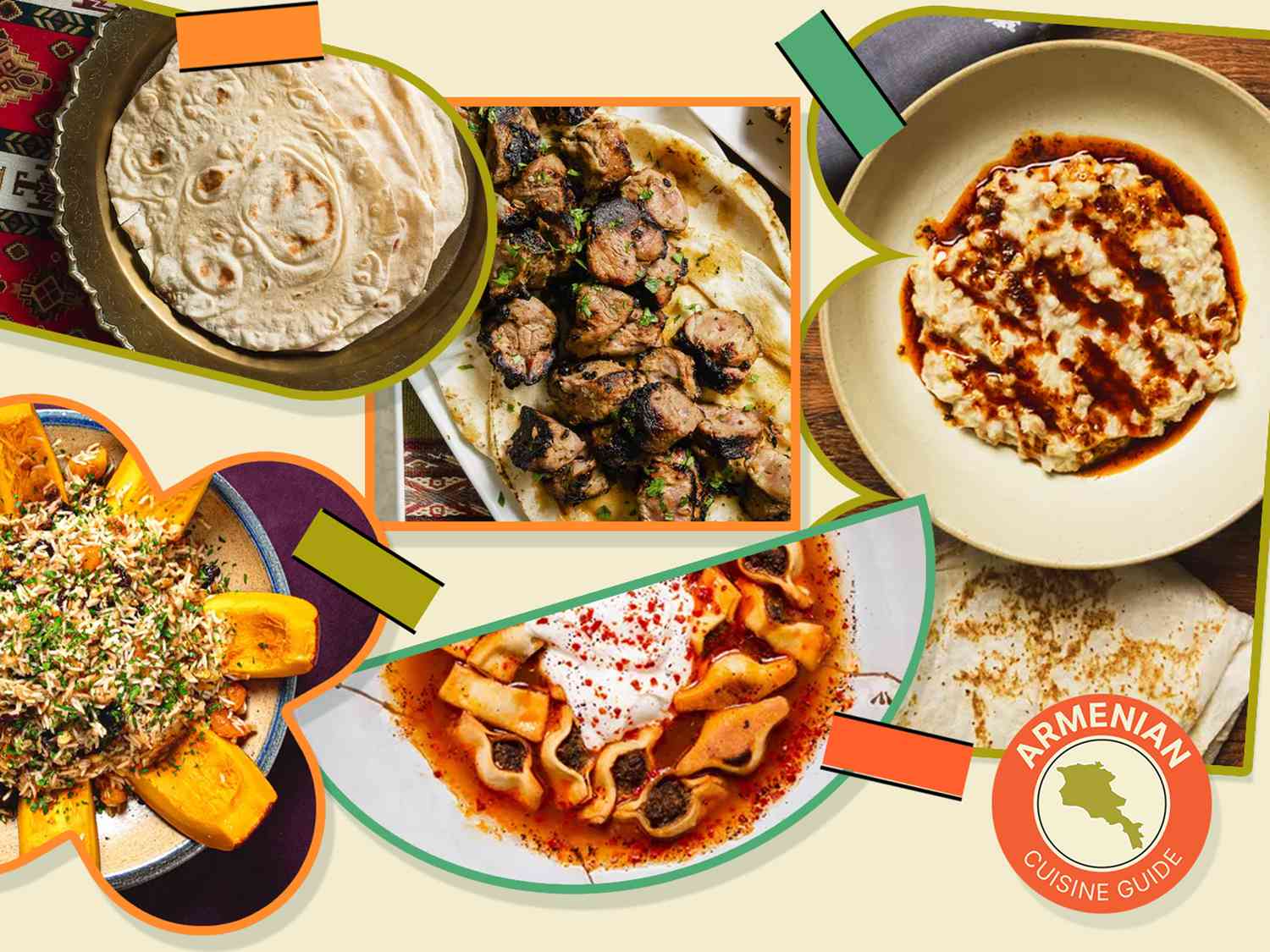
[ad_1]

Armenian food is a study in contrasts: indulgent and celebratory on one hand, and humble and nourishing on the other. Historical Armenia, which includes the current-day Armenian Republic along with much of what is now part of Eastern Turkey, was a mountainous, isolated, and relatively poor region. With limited access to the outside world, Armenians learned to make do with what they had, particularly during their long winters. Armenians were (and many remain) a very religious people (it is a point of pride for many that the Kingdom of Armenia was the first nation to make Christianity its state religion, way back in 303 AD). Not only was meat a precious resource, but it was also forbidden by the church for nearly half of the calendar year, both during the forty days of lent and some 120 other fast days outside of it. As a result, they developed a sophisticated vegetarian cuisine, with beans, lentils, nuts, and dairy products like yogurt and cheese standing in for meat.
Serious Eats / Andrew Janjigian
With that said, Armenians are all-in on feasting during times of plenty or at the end of fasting periods. (Holiday gatherings in my family are studies in excess, with most guests full to the brim long before the main courses appear.) My family, and many other Armenians, love meat, especially lamb: Cooks grill it over charcoal on skewers, braise it in stews and soups, turn it into meatballs, and even serve it raw. And they are especially fond of sweets, whether it’s the fruits abundant within their region—grapes, pomegranate, peaches, and apricots, among others—or desserts and breads containing copious quantities of sugar.
The following is a list of some of the most iconic and beloved dishes of the Armenia diaspora. Some of these recipes, like fassoulia, rice pilaf, and dolma, may be familiar, as versions of them feature in other Southwest Asian cuisines. Below, you’ll find celebratory dishes, as well as simple, everyday staples. With the exception of a few recipes, I grew up eating these dishes regularly. The rest are those I’ve come to love through experimenting and exploring them in my own kitchen—and I hope you will, too.
[ad_2]